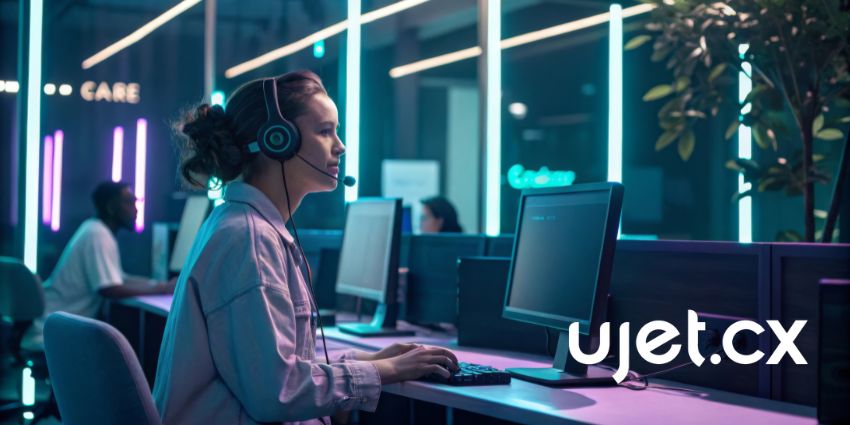Pasquale DeMaio, Head of Amazon Connect, recently sat down with me for an exclusive interview. He shared a lot about how new Amazon Connect customers now extend contact center and work from home functionalities given or new COVID-19 reality. According to Gartner, ‘pre-outbreak, nearly seven-in-ten or 68 percent of customer service and support organizations worked from traditional call centers,’ in an office. Less than 10 percent of the staff worked from home before the novel Coronavirus.
Today, it seems the tables have turned, and going forward, Gartner says 71 percent of contact centers could go remote. “Never has the value of the cloud been more evident,” DeMaio shared, adding, “With millions of businesses adapting to new remote work environments and home offices – this has complicated things. For contact center agents, this means transitioning contact center tools home to support customers.”
They now have to manage and support a remote workforce and that comes with a myriad of complex challenges such as increases in call volumes, hold times, changing customer demands, etc. This is where automation comes into the mix, according to DeMaio. He told me automation is key in relieving much of the stress felt by agents and can lead to improved call capacities.
“Customers should have better access to self-service contact center options including voice and text-based chatbots that can automatically get customers the answers they need. This can help decrease long hold times and allow customers to communicate via preferred channels”
Shifting gears a bit, DeMaio posed a series of what he called challenging technology questions that have arisen during the COVID-19 period, ones especially pertinent to contact center management. How do I rapidly set up hotlines to respond to customers about a global crisis? How do I keep my contact center operational while my staff works from home? What about maintaining government regulations and security best practices from a remote environment?
It is in fact, Amazon Connect that offers an attractive answer to the questions posed above. With strong omnichannel capabilities, intuitive graphic contact flow builders, outbound calling, high-quality audio, and call-recording, Connect could add a lot of value to contact centers looking to take operations to the cloud. This is all based on a pay-as-you-go structure which extends a ton of flexibility to up-and-down-scale as needed.
In March and April, Amazon Connect onboarded over 5,000 new contact centers to the platform. Some companies, like restaurants, got inundated and overwhelmed by a sudden increase in call volume for take-out orders. One AWS customer and restaurant overhauled its call volume overload in two days. “Their orders had increased by 91 percent and complaints reduced by 87 percent on day one of the deployment,” DeMaio told me.
While we have yet to understand the long-term impact of COVID and how it will shape the future of the contact center, DeMaio said some companies remain hesitant to move to the cloud, fearing security, and reliable performance. “This is no longer a possibility given our recent need to move to remote solutions that put organizations in a position to learn what others have already discovered.” The cloud is just a more agile, efficient, and secure solution, something many legacy solutions lack to this day.







